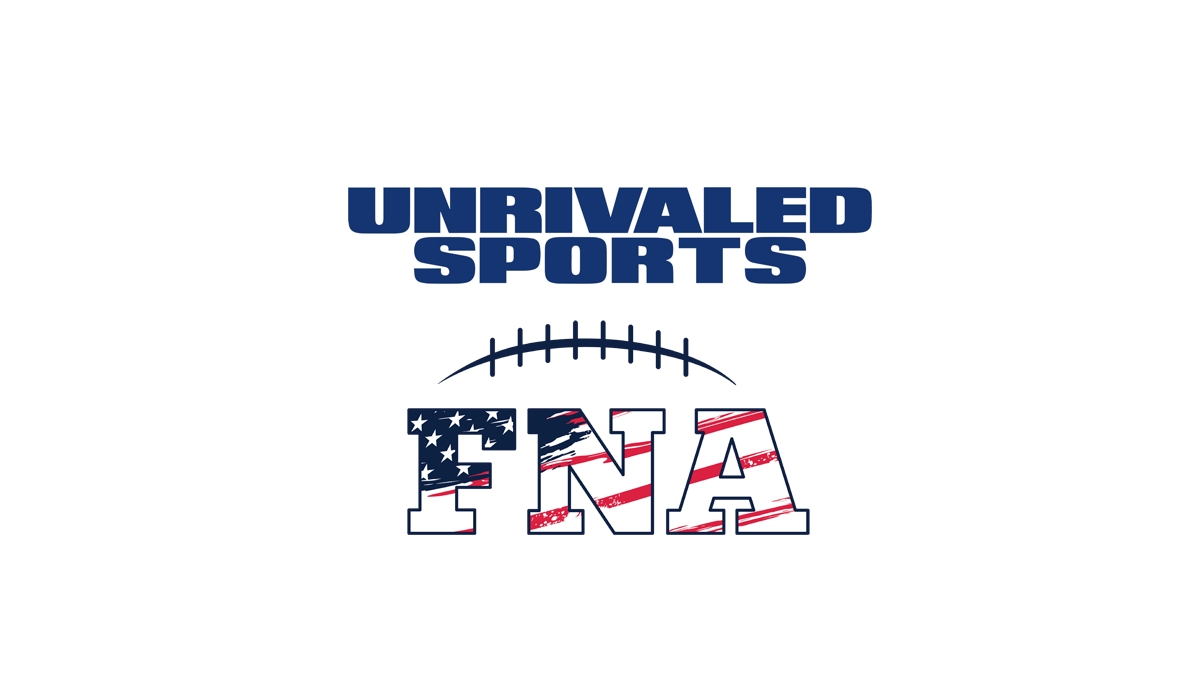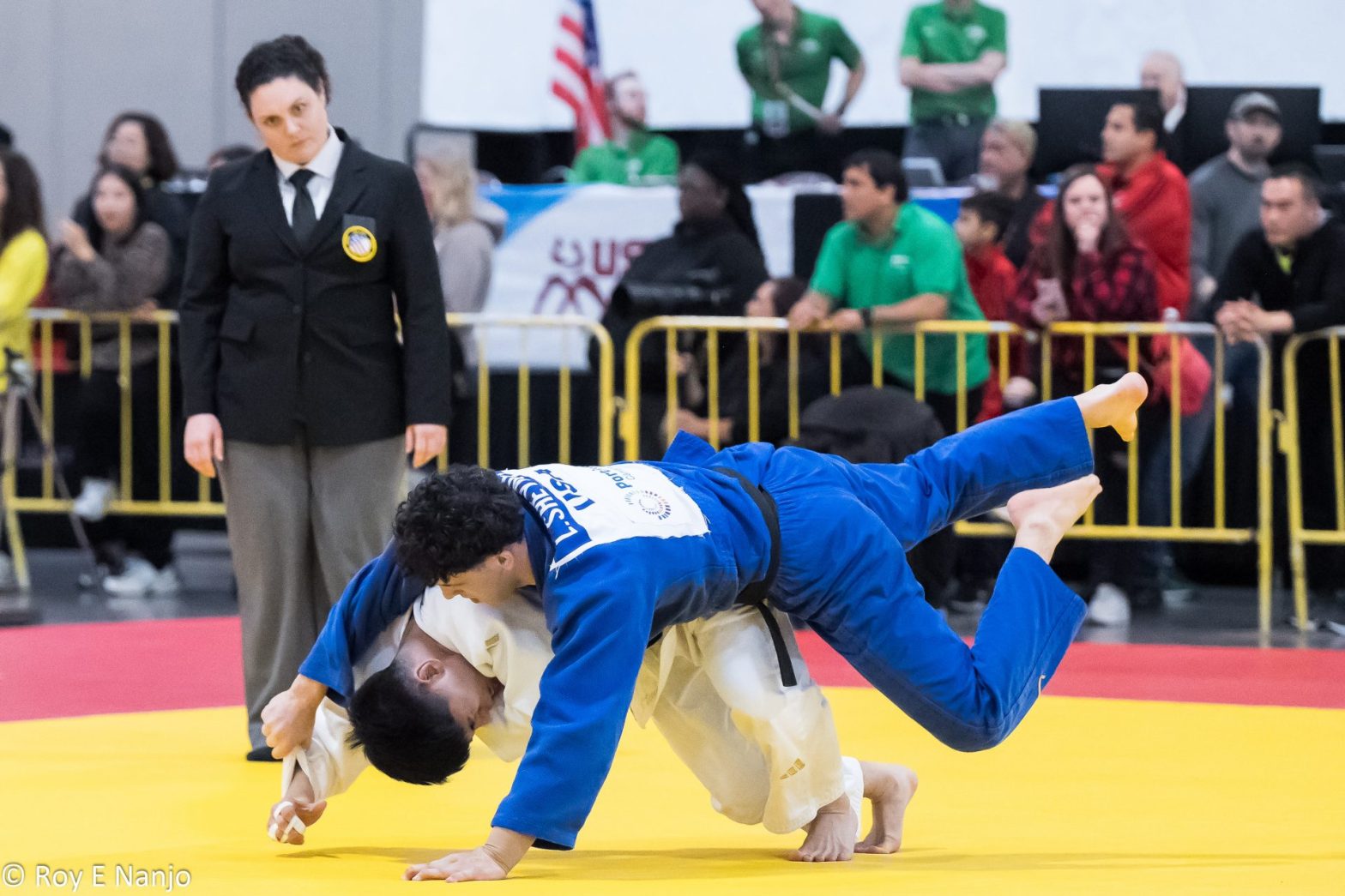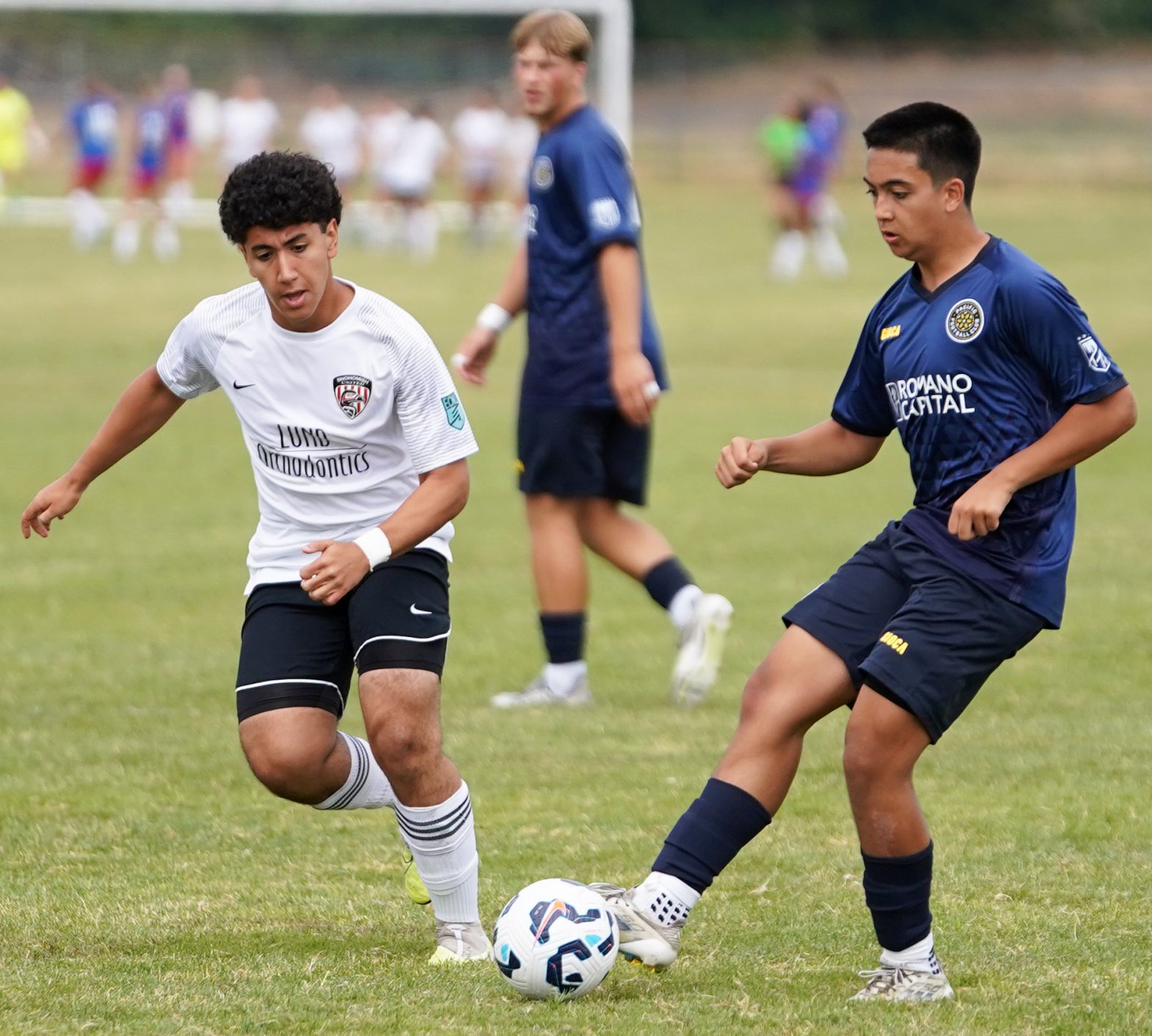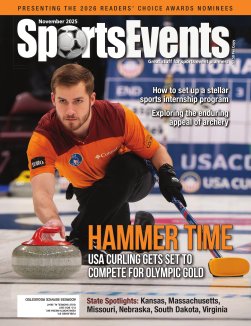
With more than three million cheerleaders in the United States., participating in youth rec, all-star, school cheer, and STUNT, cheerleading is one of the most popular activities around the globe, according to USA Cheer.
The sport has come a long way from the first official cheers of “Sis, Sis, Sis! Boom, Boom, Boom” led by young men at Princeton University in the 1880s or the 1940s, when girls and women began to dominate the sport. Cheer has seen many changes in just the past couple of decades, says Lauri Harris, USA Cheer executive director. “It’s changed dramatically since when I was in school, with much more athleticism involved now along with increased skills and elevated teamwork, which makes it comparable to many other sports,” Harris says.
According to experts, being a cheerleader offers benefits that go far beyond just supporting your school or winning trophies at competitions. In addition to developing the physical skills and strengths necessary for the job, cheer helps students build confidence, self-esteem, and discipline while learning about teamwork, leadership, goal setting, and how to approach life with a positive attitude.
USA Cheer is the governing body for the sport, recognized by the International Cheer Union (ICU) and the U.S. Olympic and Paralympic Committees.
The different programs under the USA Cheer banner range from youth/rec cheer, with athletes who cheer in support of other youth/rec sports, most often football; to junior high, high school, and college cheer, in support of their various school teams; to the fast-growing competitive sport of STUNT, which highlights the technical aspects of cheer; to All-Star Cheer, which includes all skill levels and ages, but focuses primarily on competition. USA Cheer also has Performance Cheer, a competitive dance division that fields teams that participate in ICU competitions and events, with categories such as jazz, pom, and hip hop.
Is cheerleading a sport?

“Cheerleading is more than a sport,” Harris says. “In many cases, it’s exactly like a sport and, in some other cases, it’s representing a school or group as a great ambassador or supporting other sports by creating incredible game day atmospheres and school spirit. Cheer is great in so many ways: leading crowds, bringing enthusiasm to games, or athletically competing against other teams as in STUNT.”
Anyone who questions the validity of cheer being a sport needs to try it, says Chelsea Hatcher, head cheerleading coach at Hudson High School in the Tampa, Fla., area. “A lot of people have a preconceived notion that what they see on the sidelines of a football game is all we do as cheerleaders. I think if they saw the long hours, dedication, and athletic ability it takes to become successful in cheerleading, they would quickly change their minds,” she says.
Hatcher is also coaching this year’s USA Cheer Junior Co-ed team that, along with Youth All-Girl, Youth Co-ed, and Junior All-Girl, will represent the United States at the ICU World Cheerleading Championships this April.
Jared Erlenbaugh, National Cheerleaders Association choreographer and a program director at ICE All-Stars in the Chicago area, says people who think cheerleading isn’t a sport are both right and wrong. “There are a lot of styles and avenues of cheerleading, some of which involve athletic activity but are not a sport,” he says. “Others are based in competition, which is closer to a sport. I look at cheerleading as athletic entertainment that can be scored in a way that resembles form sports.”
Safety first
Preparing students for the future and keeping them safe is important at USA Cheer, and the organization’s website features a large number of resources for training and certification courses for coaches, athletes, and parents, as well as information on preventing and reporting potential athlete abuse and misconduct. Haris says the most important safety element is having coaches and athletes who are educated on the rules and focus on skill progression to help athletes develop at the right speed and with proper technique. “It’s also vital for programs to be athlete-centered, with a 360-degree approach to athlete safety,” she says. “Everyone involved, including administrators, coaches, parents, athletes, youth-serving organizations, and so on, needs to be educated and diligent about the latest safety developments and be working together always in the best interest of the athlete.”
Cheering to the top

Big competitions and championships may only come up a few times a year, but practice can start long before that. Hatcher says working toward any competition, namely the National High School Cheerleading Championships (NHSCC), held annually in February in Orlando, really starts almost a year before. “We start working on individual skills right away after tryouts in May and then spend the fall showcasing our skills in front of crowds at football games,” she explains. “After football season, starting in October, is when we put our competition routine together. From then until February, we work on getting our skills consistent and performing them with proper technique.”
At the University of Alabama, cheerleading coach Asia Tamar says she gets really serious about routine elements about two months before a competition. “Every coach usually has an idea of what they want their team to accomplish at competition,” she says. “Because we are at a university and we cheer at different sporting events, we may not have the time to work on specific elements at every single practice. Putting the routine together is a working process. I don’t put together a competition routine until skills are solidified, and because of my choreography experience, I
base the routine’s choreography on the team’s skills.”
Erlenbaugh says when work on specific routines starts and when the various elements are added varies team to team. “For the U.S. national teams that we coach here, we usually start constructing routines right away with skills they are already capable of.”
Developing new skills and perfecting more difficult skills are key to a championship program’s choreography, Hatcher says. “We develop the choreography around solid skills our athletes can perform consistently, and because we spend all fall working on skills individually, that gives us a great idea of what they will be able to handle in a routine,” she explains. “But every year, rules can be changed, and those changes usually mean we can now perform harder skills with a higher difficulty level. So, we spend a lot of time individually working on skills that are newly legal to make sure we are maxing out our difficulty before we put our routine together.”
When developing a competition routine, smooth transitions can make a big difference. “Because high school cheer does have a limit on what skills can be done, you will see a lot of the same skills from different programs,” Hatcher says. “So that means the transitions are super important. They are what will set your routine apart from others. I believe it is where we can showcase our team’s personality.”
Meanwhile, Tamar notes that the “flow of routine” is part of the judges’ scoresheet. “So, I believe it requires attention and determines the overall impression of the routine,” she says.
Jumps and tumbling featuring individual athletes can add to the personality of a routine, but Tamar says she prefers to focus on elements that involve more of the whole team. “I don’t find that as important because the majority of what we are judged on is as a group. If only three people do a skill versus the whole team, it’s not as impactful.”
Hatcher, on the other hand, says tumbling sections are an area of cheer where athletes can shine as individuals. “For a winning routine,
it’s important to make sure the timing and techniques for all these elements are uniform across all athletes.”
All the coaches agree that music is another important element of a winning program. “The right music or voiceover can highlight skills and really bring a routine to life,” Tamar says.
For Hatcher, music selection is one of her favorite parts of the sport. “It is an area where I really let my athletes have input. We have fun coming up with voiceovers and the vibe we want the music to have,” she says. “I think selecting the right music producer, who can capture the vibe of my team, is important. When the kids love the music and the routine, it helps them to perform the routine bigger and better.”
A team that supports each other is vital, Hatcher says. “It’s important that they all truly care about one another, encourage each other, and push each other to be great. I think my team this year has the best chemistry of any team I’ve ever coached,” she says. “As a coach, I am so proud that our athletes have bought into what we are trying to do. They get that being a great athlete is only half their job. They need to be great students and great people first. Being an athlete comes to an end for everyone one day, so we love when athletes buy in and we can help them develop skills they can use to be successful in life long after cheer.”
Erlenbaugh, who proudly notes that this is the sixth ICU World competition that will involve a Chicago-based team, says cheerleading encapsulates all that’s great about team activities. “There are elements where you have to work together, like stunts, pyramids, and baskets,” he explains. “There are other times where you have to step up as an individual for tumbling and jumps. I think that is something unique to our cheer community that helps young athletes grow into high-functioning adults.”
For Harris, cheerleading is not just a sport, it’s a way of life.
“I think cheerleading has one of the greatest cultures in fostering teamwork, leadership, and creating a positive environment. Cheer is also a ton of fun while also challenging athletes individually and as a team,” she says. “There are so many valuable lessons learned from being a part of cheer. Cheer is also one of the most inclusive activities: It attracts and has something for all genders, every shape and size, and all socio-economic backgrounds. It’s universally appealing and brings all types of people together.”









